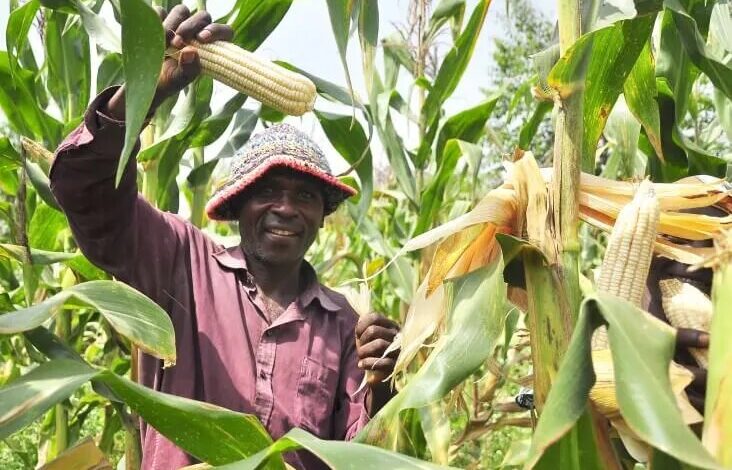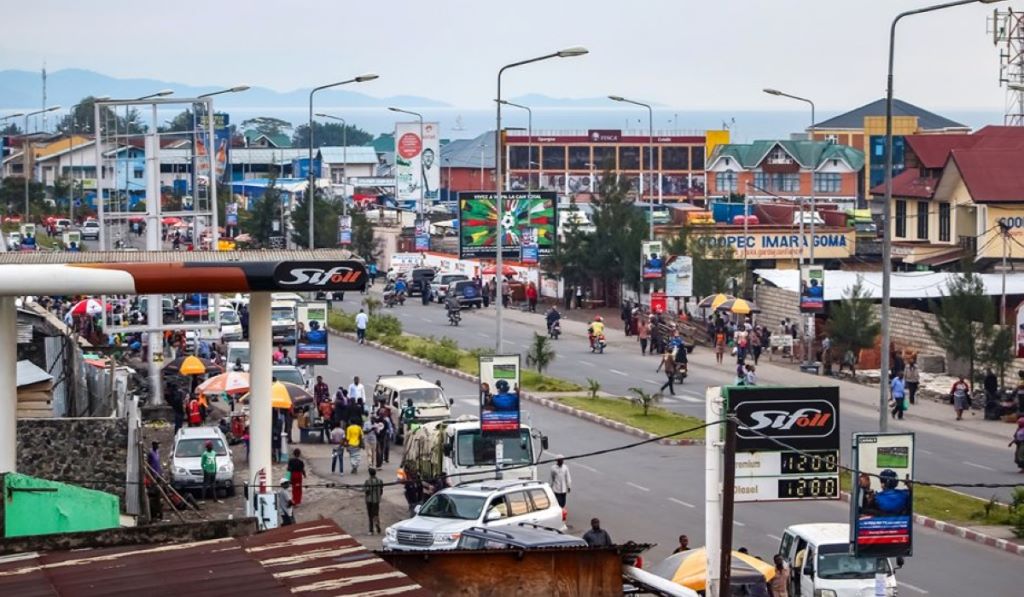Kenya says regulatory framework in place to boost safety of GMOs
Kenya said Wednesday it has put a robust policy, the legal and institutional framework in place to promote the safety of genetically modified organisms (GMOs).

Kenya said Wednesday it has put a robust policy, the legal and institutional framework in place to promote the safety of genetically modified organisms (GMOs).
Eliud Kireger, the director-general of Kenya Agricultural and Livestock Research Organization (KALRO), said that regulatory agencies like National Biosafety Authority (NBA), National Environment Management Authority (NEMA), and Kenya Plant Health Inspectorate Service (KEPHIS) have carried out due diligence to ensure that GMO products in the market meet safety threshold.
“After a decade of successful research, three GM maize varieties, WE1259B, WE3205B, and WE5206B were recommended for release by KEPHIS,” Kireger told journalists in Nairobi, the Kenyan capital.
He clarified that the final release and placement to the market of GMOs were pending a decision of the Cabinet, which lifted the GMO ban on maize on Oct. 3. Research is ongoing on other crops.
Kireger said that genetically engineered crops have proved to be safe for food, feed, and the environment, and are currently approved for cultivation in about 70 countries worldwide, stressing that the country’s lifting of the ban on GMOs was a result of a real need to ensure food and feed security and safeguard the environment.
Kireger insisted that conventional seeds are unable to manage climate change and severity of drought and the emergence of new pests such as fall armyworm (FAW) and maize stalk borer and diseases such as maize lethal necrosis (MLN) hence posing a real threat to food, feed, and nutritional security.
These pests are expensive to control, with farmers spending up to 12,000 Kenya shillings (about 99 U.S. dollars) per acre (about 0.41 hectares) on pesticides alone, he said, warning that the pesticides are also harmful to human health and the environment, especially freshwater sources.
Pests and diseases are significantly contributing to low production that currently stands at seven to 10 bags of maize against the potential of 22 to 35 bags per acre, Kireger said. He revealed that Kenya loses 13 million bags of maize, valued at 268 million dollars, to stock borer annually.







